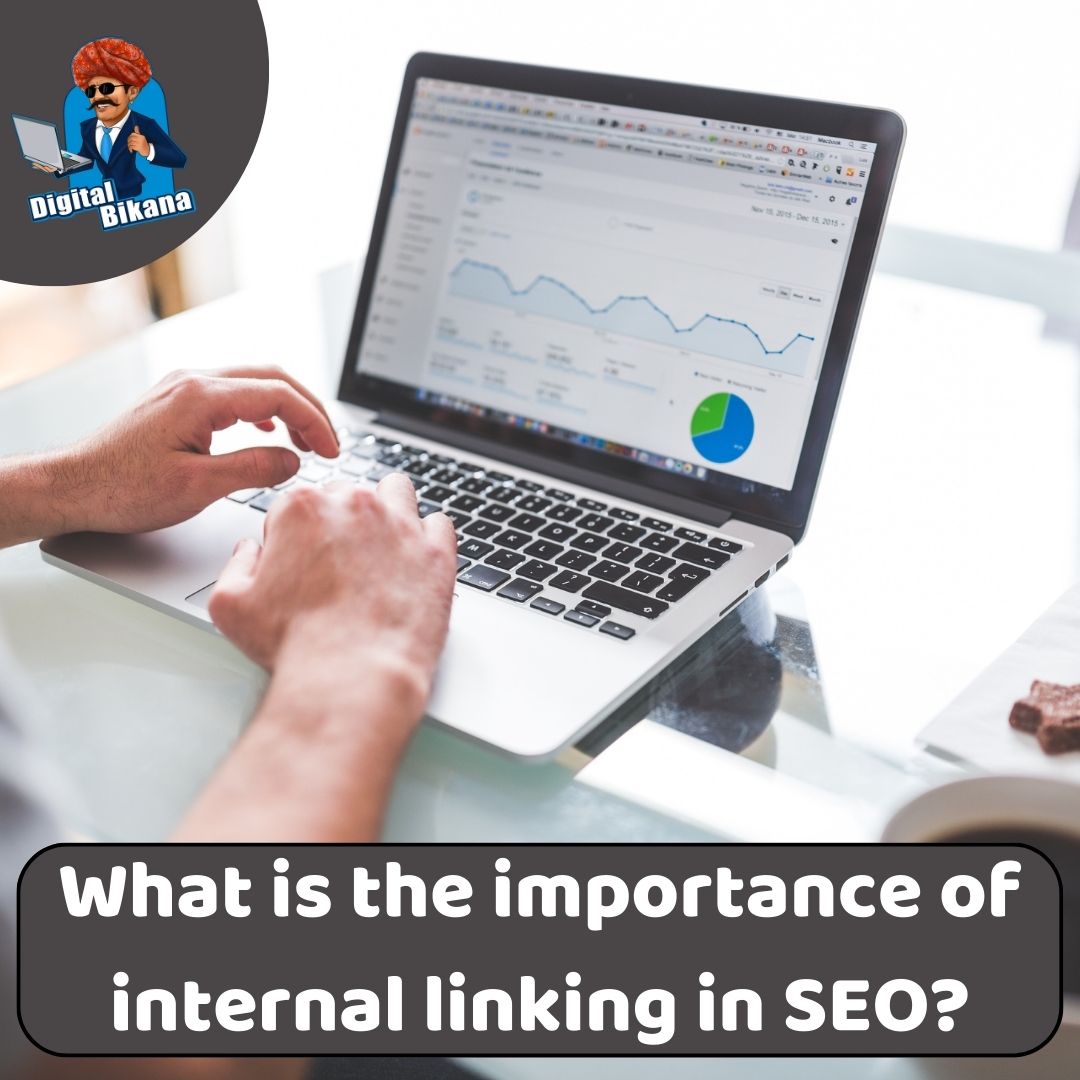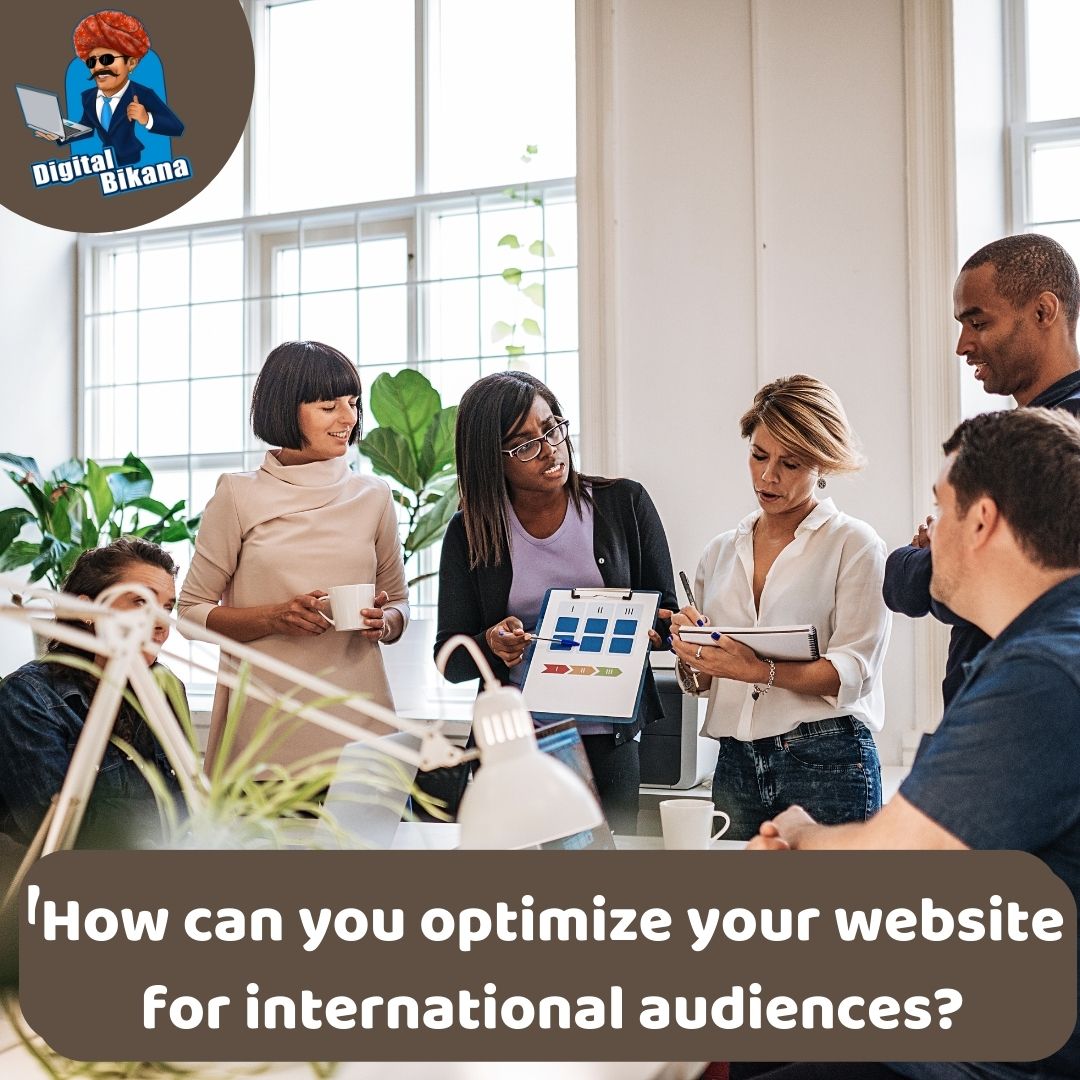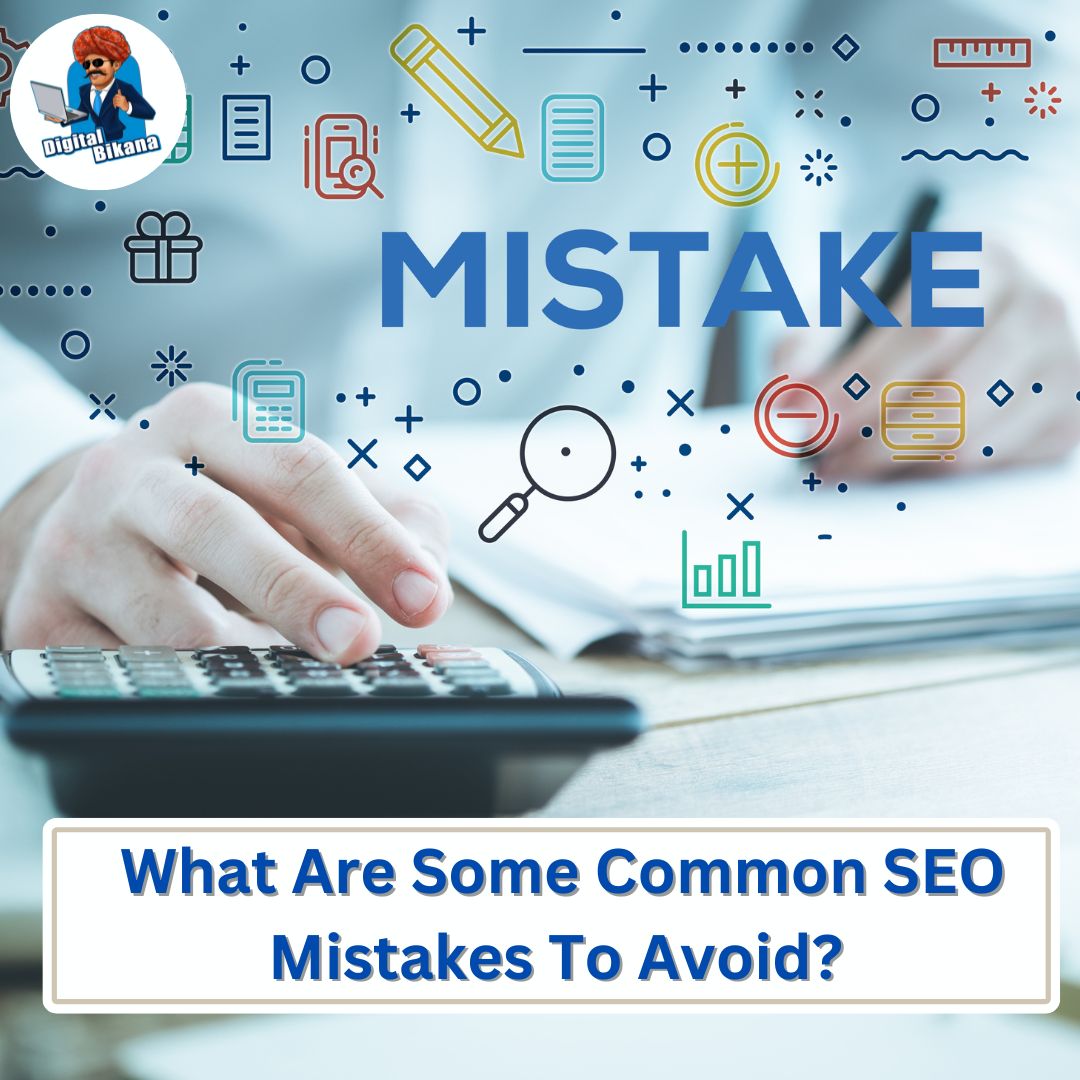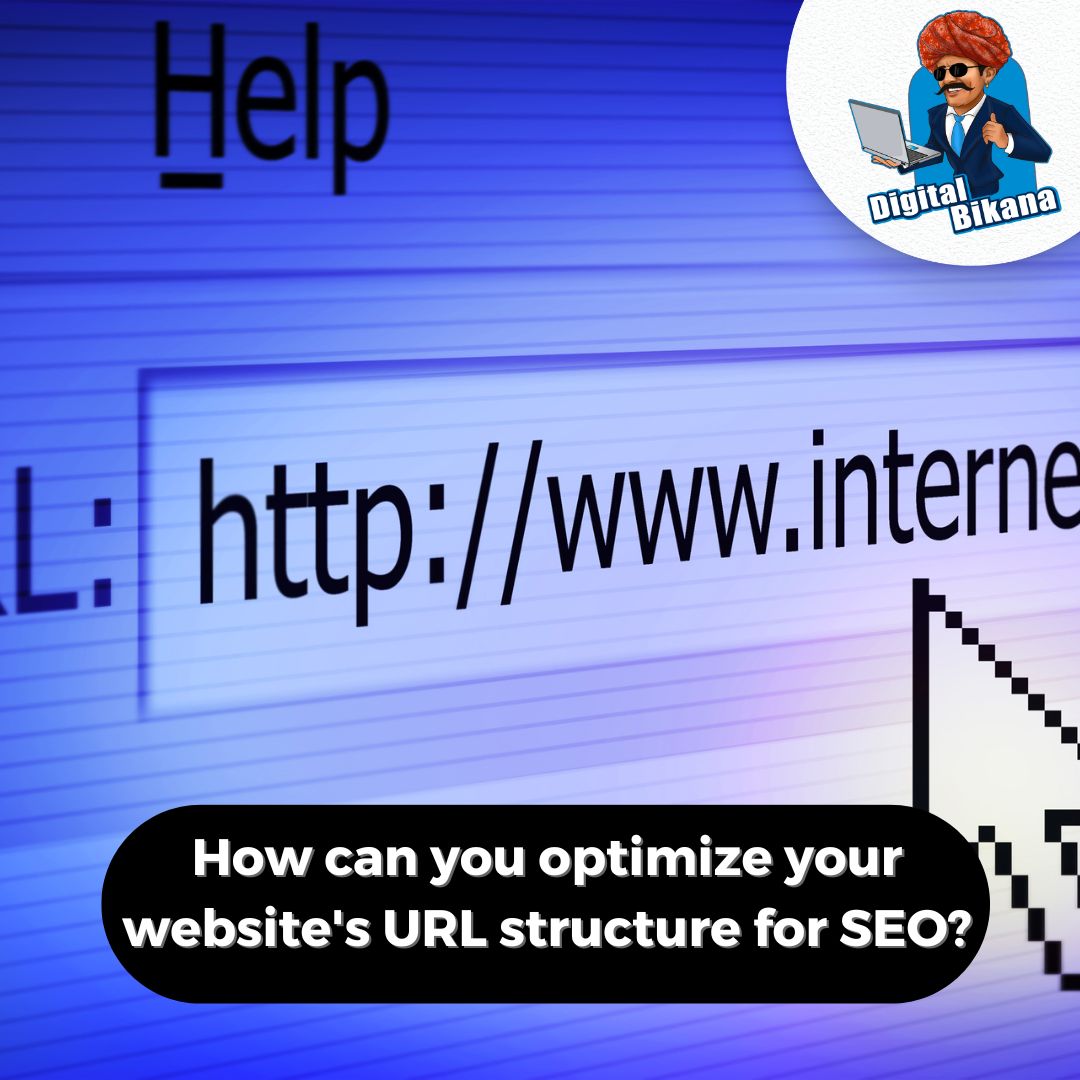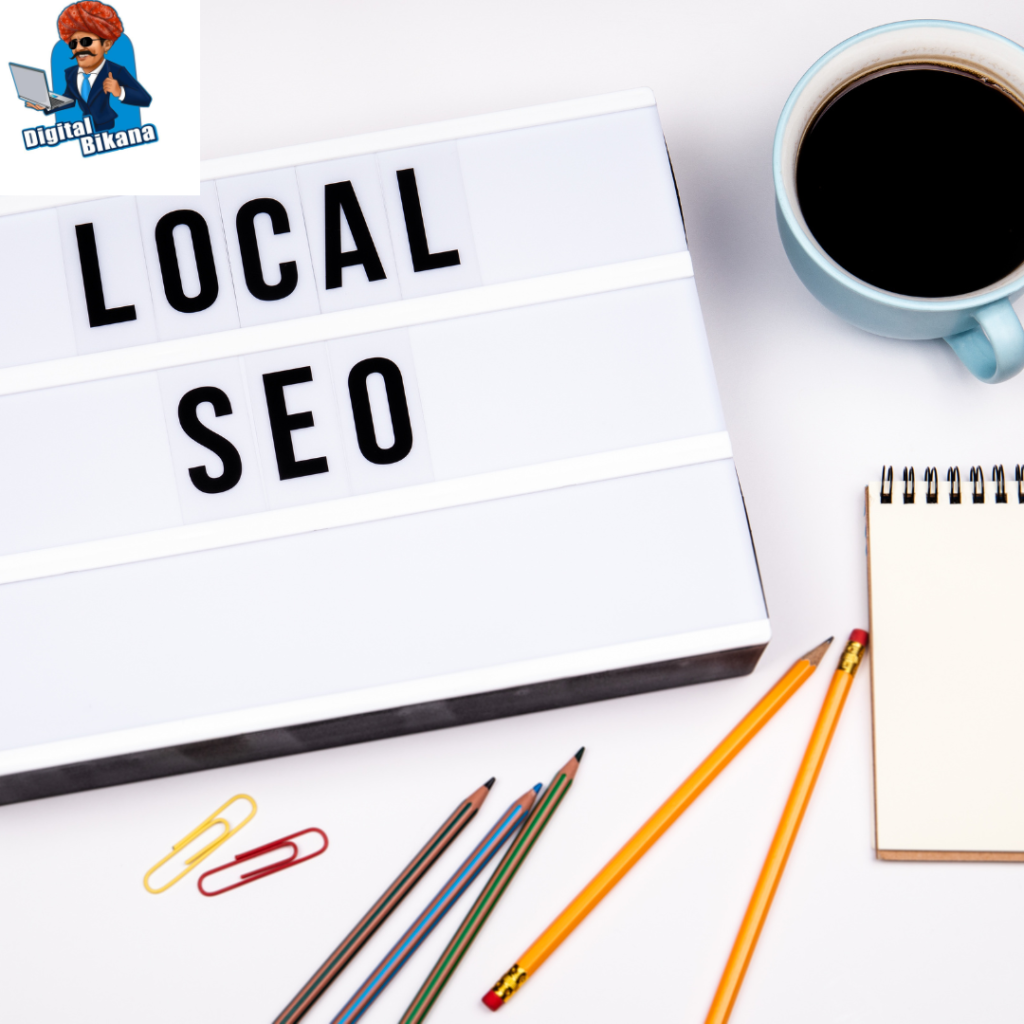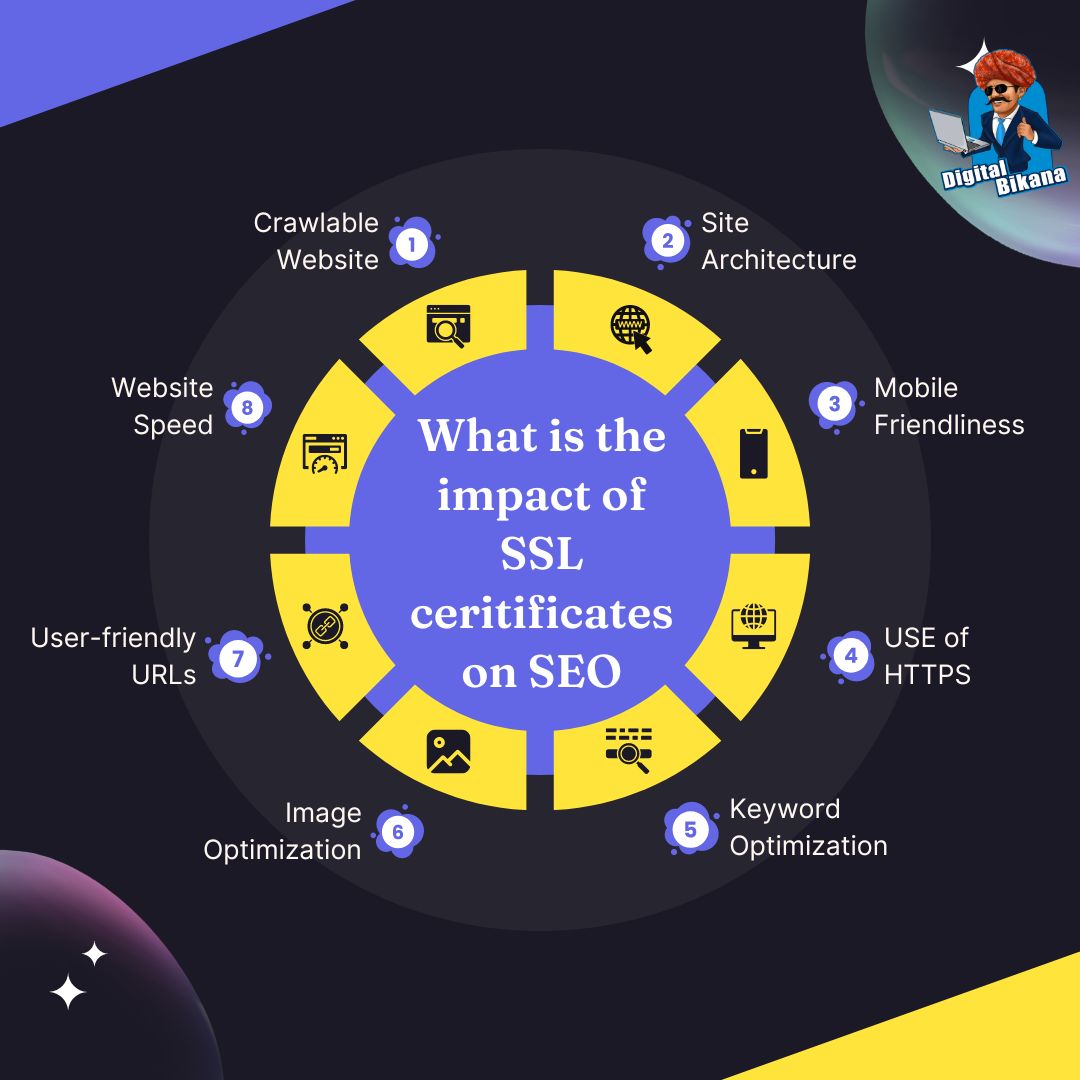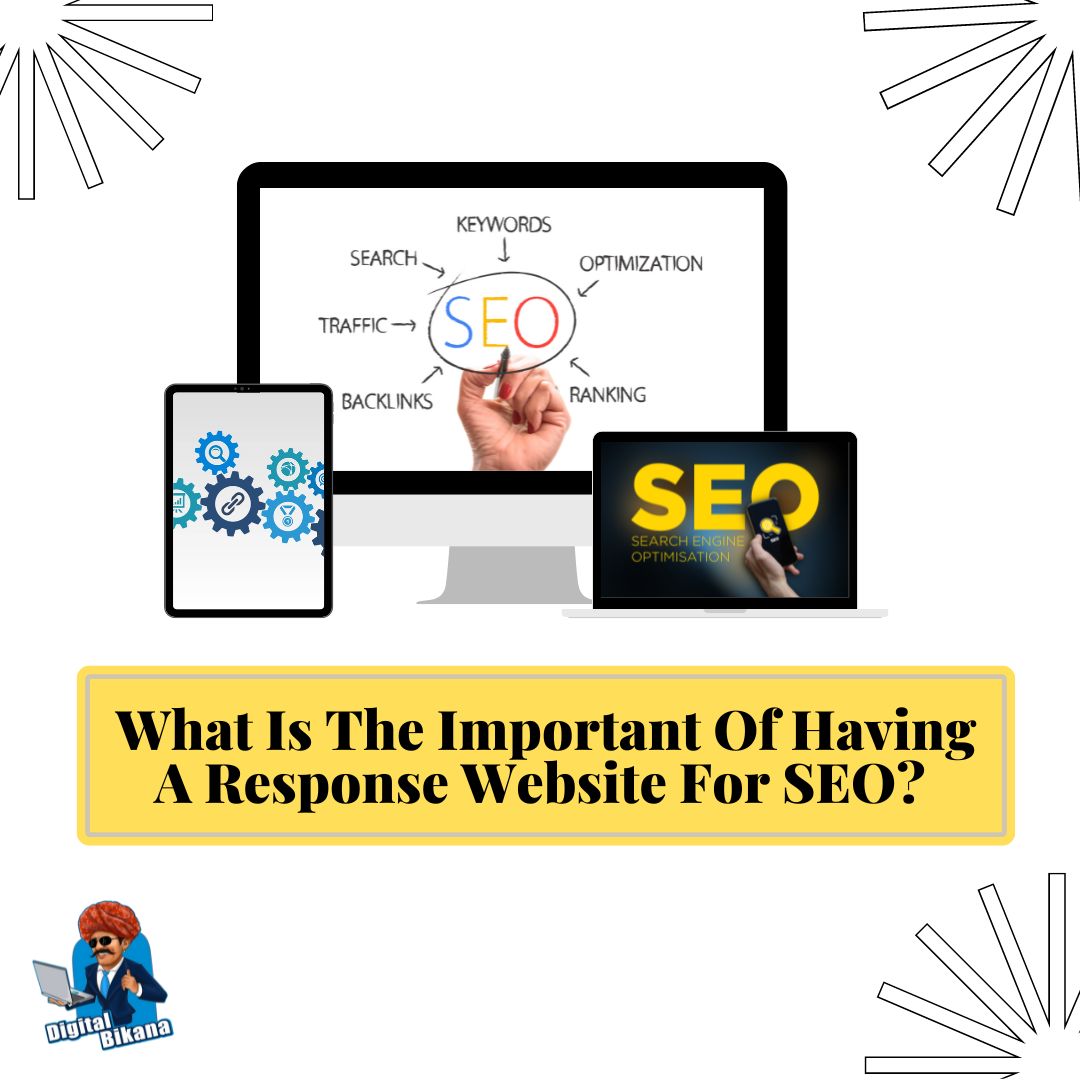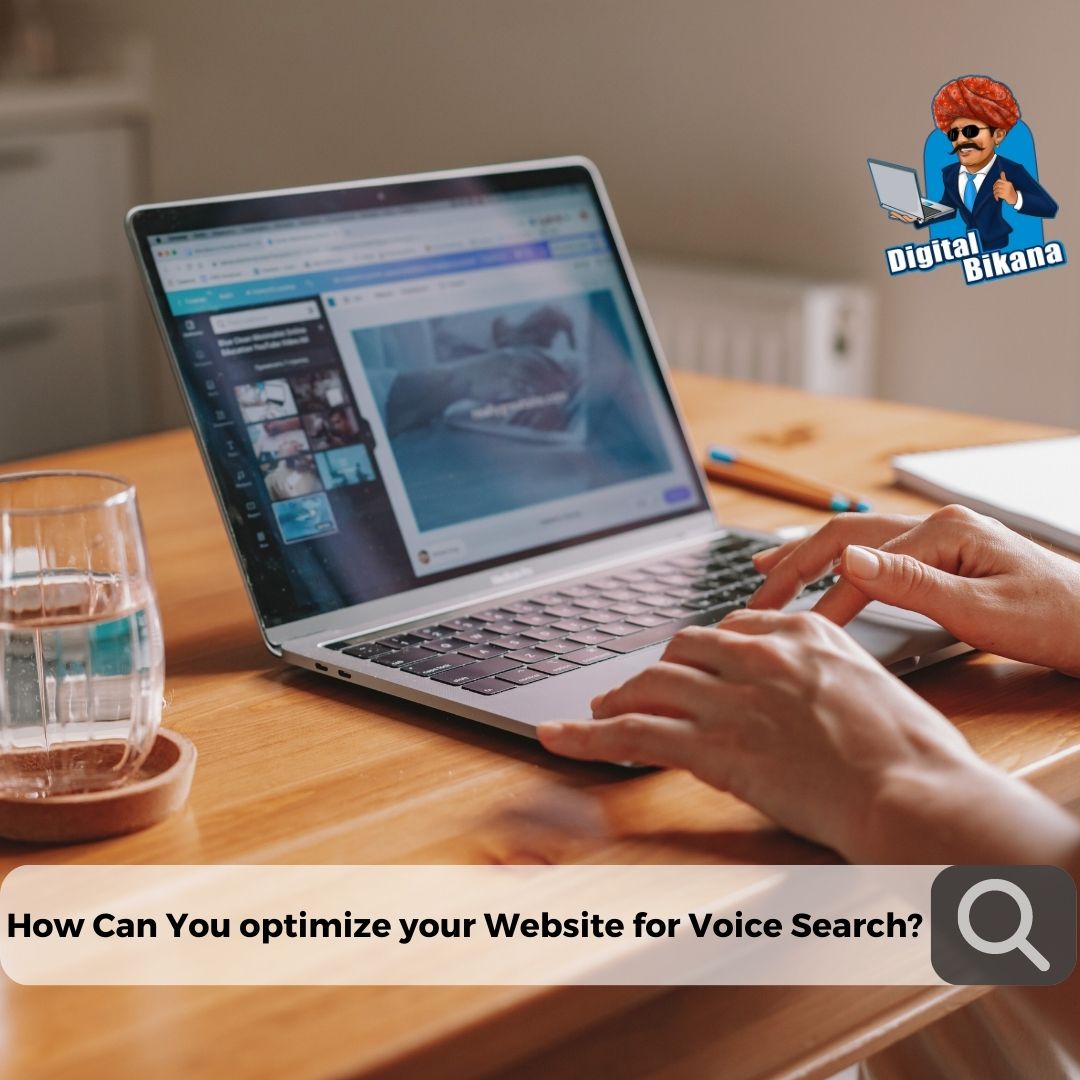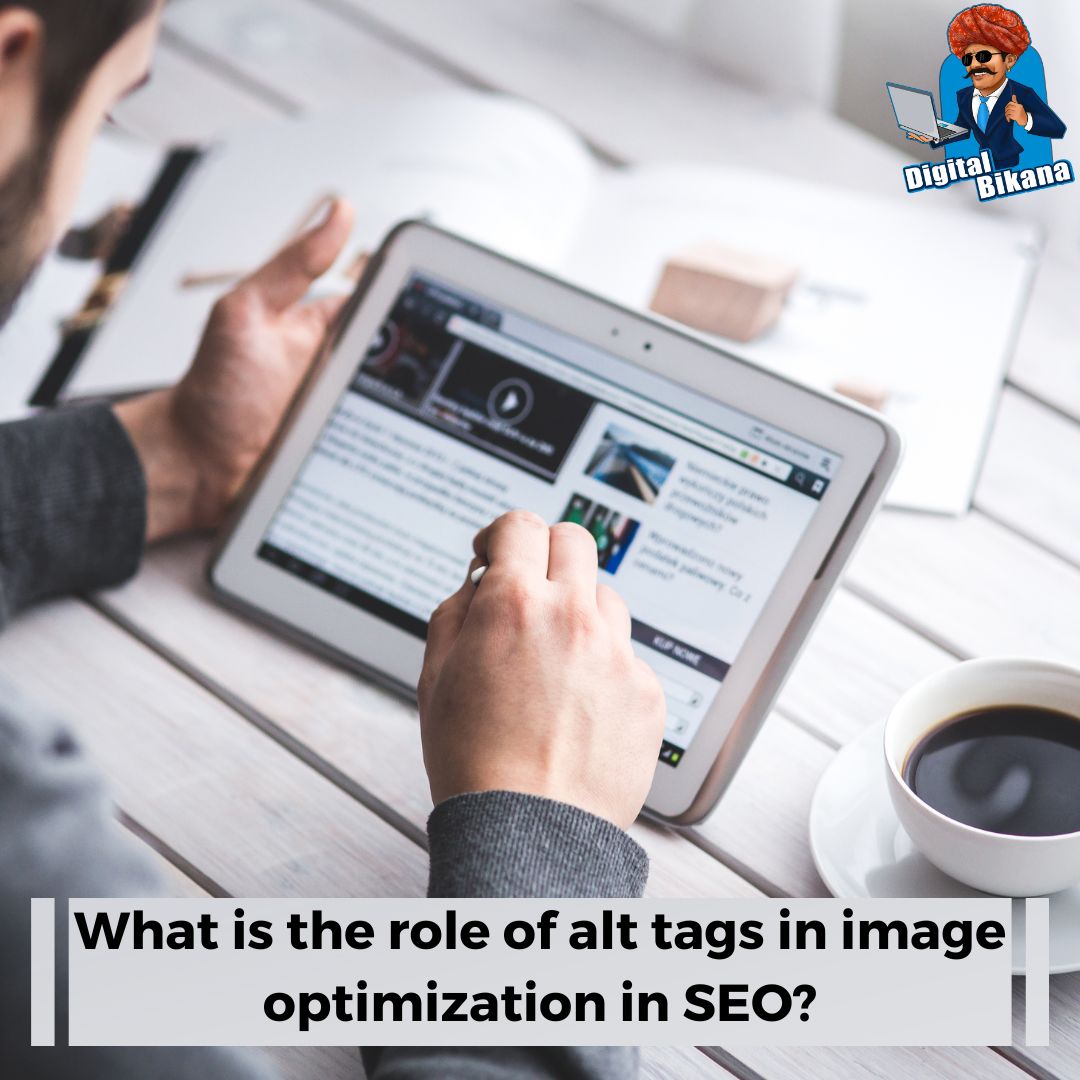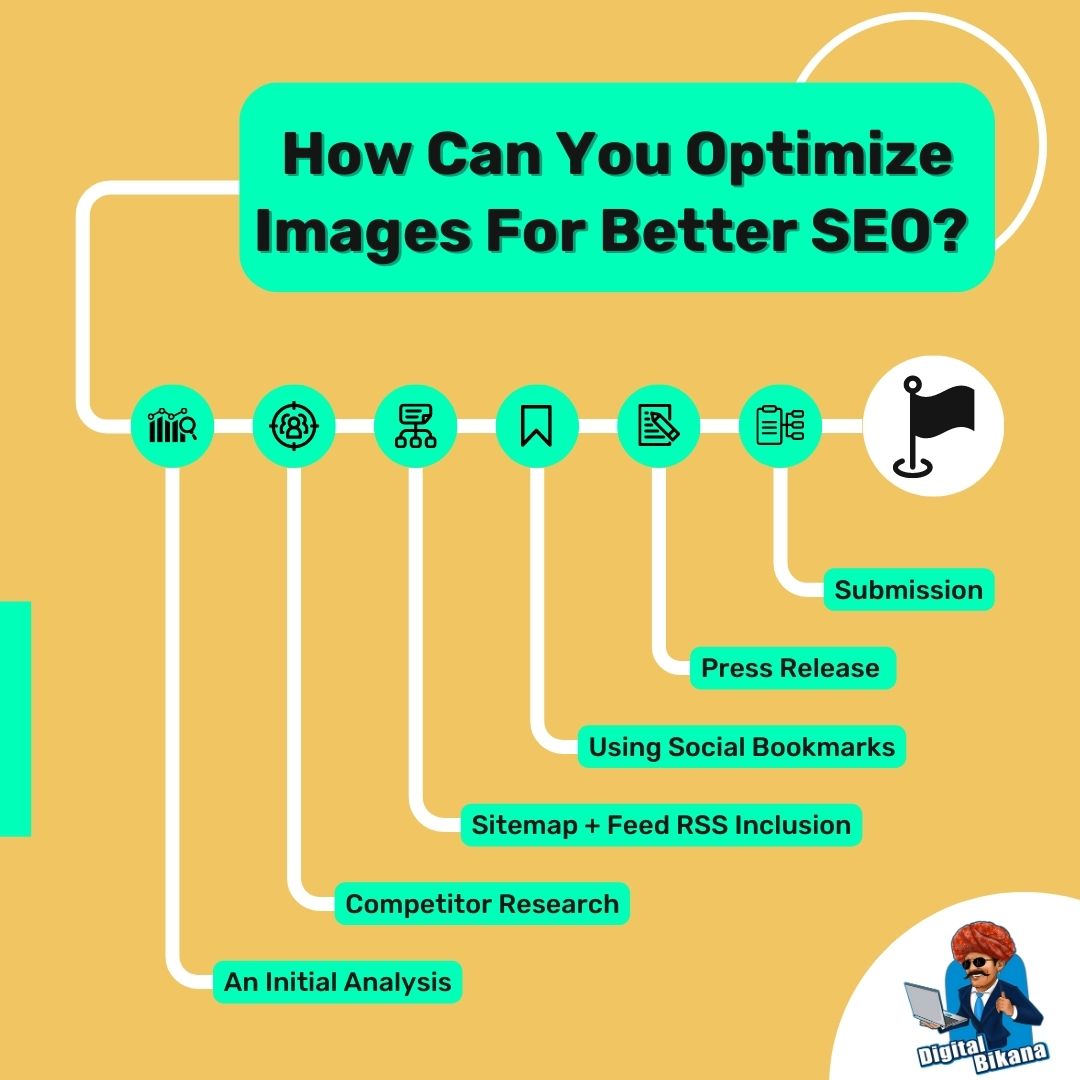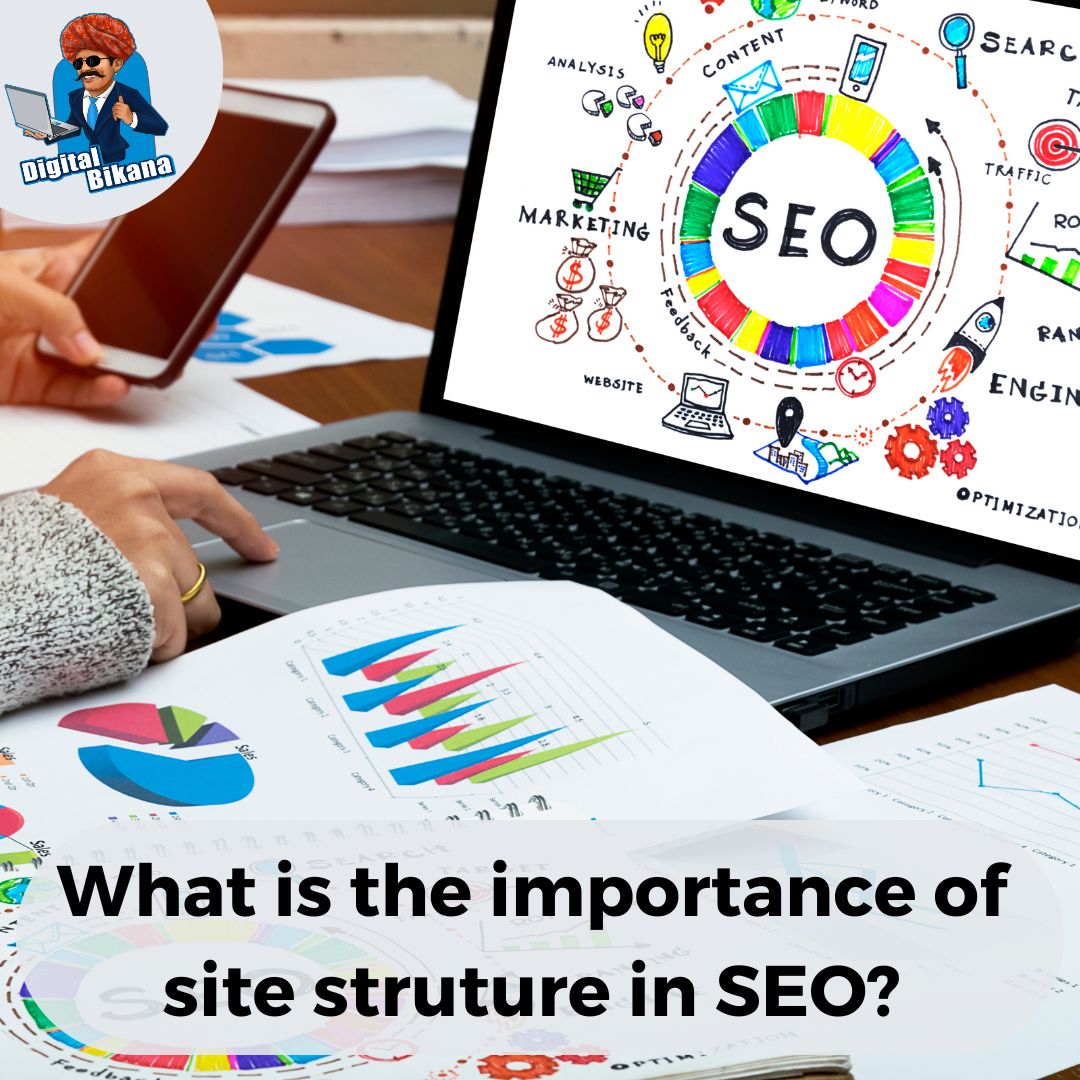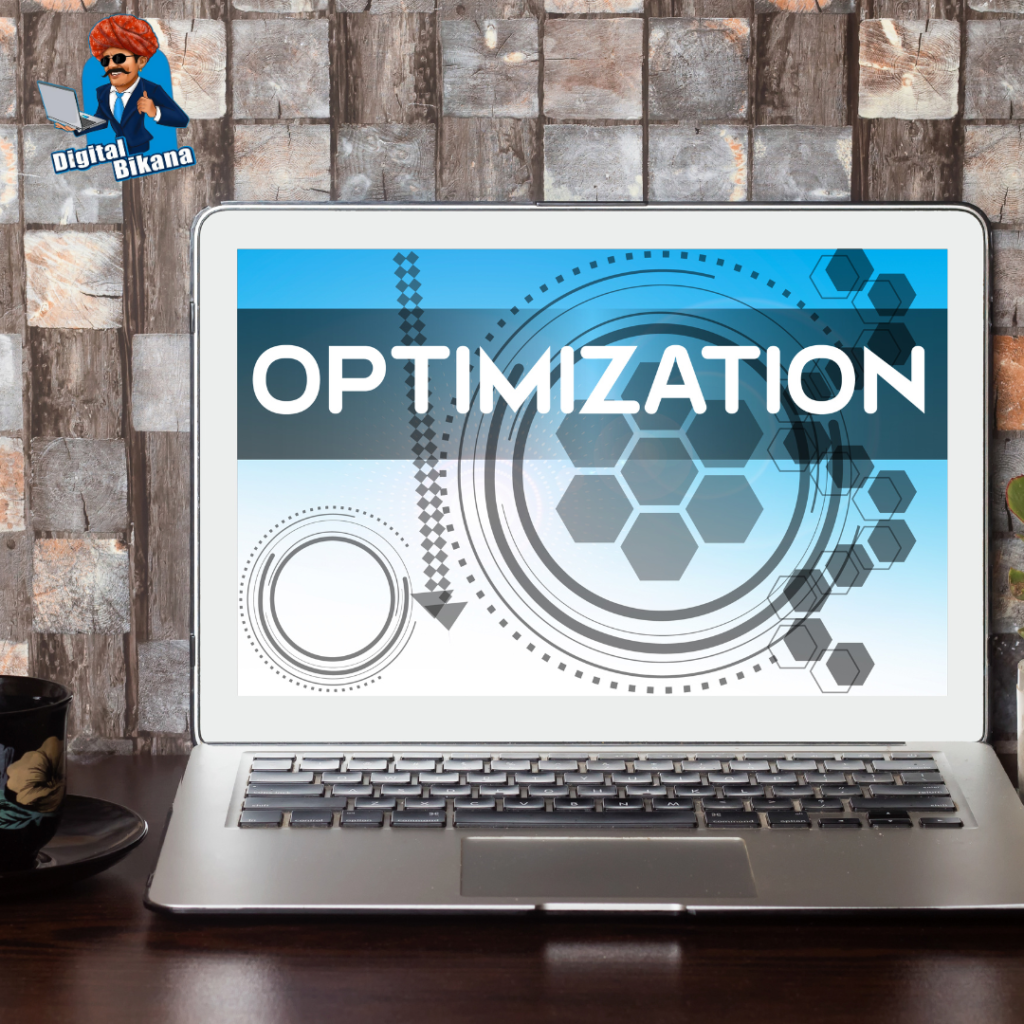What is the Importance of Internal Linking in SEO?
In this article we are going to talk about What is the importance of internal linking in SEO? Internal linking is a powerful SEO strategy that involves linking web pages within a website. While often overlooked, internal linking plays a crucial role in enhancing website visibility, improving user experience, and boosting site authority. By strategically linking relevant pages, businesses can optimize their website structure, guide users through valuable content, and signal search engines about the importance of specific pages.
What is the Importance of Internal Linking in SEO?
In this article, we will explore the importance of internal linking in SEO, examining its benefits and providing practical tips for effective implementation.
1. Enhancing Website Visibility and Indexation
Internal linking plays a significant role in improving website visibility and indexation by search engines. Here’s why it matters:
a. Crawling and Indexation
Internal links help search engine crawlers discover and navigate through a website’s content. When search engine bots encounter internal links, they follow them to reach new pages and index them in the search engine’s database. By strategically linking important pages, businesses can ensure that their content is discovered and indexed efficiently.

b. Page Priority and Authority
Internal links provide valuable signals to search engines about the priority and relevance of different pages within a website. Pages with more internal links are typically considered more important by search engines, potentially leading to higher rankings in search results. By strategically linking from authoritative pages to other relevant pages, businesses can improve the visibility and ranking potential of their target pages.
Read Also: What is the Importance of Social Media Signals in SEO?
c. Website Structure and Hierarchy
Internal linking helps establish a clear website structure and hierarchy, making it easier for both users and search engines to navigate through the site. Well-structured internal linking ensures that important pages are easily accessible, and the flow of link equity is distributed effectively throughout the website.
2. Improving User Experience and Engagement
Internal linking significantly contributes to a positive user experience on a website. Here’s how it enhances user engagement:
a. Content Discovery
Internal links guide users to relevant and related content, helping them discover additional information and resources. By linking related articles, products, or services, businesses can encourage users to explore more of their website, increasing their engagement and time spent on the site.
b. Information Flow and Contextual Understanding
Well-placed internal links provide additional context and background information to users. By linking to supporting articles, definitions, or explanations, businesses can enhance users’ understanding of a topic and help them delve deeper into the subject matter.
c. Reduced Bounce Rates
Internal linking can reduce bounce rates by offering users more options to explore within the website. When users find relevant and engaging content through internal links, they are more likely to stay on the website, decreasing the bounce rate and increasing the chances of conversions or other desired actions.
d. Navigation and User Journey
Strategic internal linking improves website navigation, enabling users to move seamlessly between pages. By incorporating clear and descriptive anchor texts, businesses can guide users along a desired user journey, leading them from one valuable page to another.
2. Establishing Site Authority and Relevance
Internal linking helps establish site authority and relevance by emphasizing the importance of specific pages. Here’s how it contributes to overall site authority:
a. Link Equity Distribution
Internal links distribute link equity (also known as link juice) throughout a website. When authoritative pages link to other relevant pages, they pass on some of their authority, helping those pages rank higher in search results. By strategically linking to important pages, businesses can consolidate their site authority and boost the visibility of crucial content.
b. Topic Clusters and Content Silos
Internal linking facilitates the creation of topic clusters and content silos, which are beneficial for SEO. Topic clusters involve linking a pillar page (comprehensive content) with multiple cluster pages (subtopics). Content silos group related content together, creating a topical authority structure within the website. Both strategies strengthen the relevance and authority of targeted keywords and topics.
c. Deep Linking
Deep linking refers to linking to internal pages beyond the homepage or main navigation. By internally linking to deep pages, businesses can increase their visibility and encourage search engines to crawl and index those pages. Deep linking also helps distribute link equity throughout the website, rather than concentrating it solely on the homepage.
Read Also: What is the Role of Anchor Text in SEO?
3. Practical Tips for Effective Internal Linking
To maximize the benefits of internal linking, consider the following practical tips:
a. Create Relevant and Descriptive Anchor Text
Use descriptive and keyword-rich anchor text to provide context and relevance to both users and search engines. Avoid generic terms like “click here” and opt for specific, informative anchor text.
b. Link to Relevant and Valuable Content
Internal links should lead users to related and valuable content. Ensure that the linked pages provide additional information, support the user’s journey, and enhance their overall experience.
c. Use Natural and Logical Link Placement
Internal links should be placed naturally within the content, aligning with the context and flow of the text. Avoid excessive linking or intrusive placement that may distract or confuse users.
d. Optimize Site Structure and Navigation
Design a logical website structure that makes it easy for users and search engines to navigate. Utilize breadcrumb navigation, contextual menus, and related posts/plugins to improve internal linking opportunities.
e. Monitor and Update Internal Links Regularly
Regularly audit your website for broken links, outdated content, or missing internal links. Use tools like Google Search Console or website crawlers to identify and fix any internal linking issues.

Conclusion:
Internal linking is a vital component of a comprehensive SEO strategy. By strategically linking relevant pages within a website, businesses can enhance visibility, improve user experience, and establish site authority. Effective internal linking not only helps search engines discover and index content but also guides users through valuable information, increasing engagement and reducing bounce rates. By implementing the practical tips discussed in this article, businesses can leverage the power of internal linking to improve their website’s SEO performance and ultimately achieve their online goals. So,Now I hope you have understood about What is the Importance of Internal Linking in SEO?
You can also checkout this SEO institute to learn SEO course by enrolling in our course Or Contact Digital Bikana on +91-8949483728

